The road movie genre has long been a cinematic staple, capturing the essence of freedom, adventure, and self-discovery through journeys on the open road. Over the decades, these films have significantly influenced car culture and travel trends, shaping how society perceives the experience of hitting the highway. This exploration delves into the profound impact road movies have had on both the automotive industry and the cultural landscape of travel.
The Rise of the Road Movie Genre
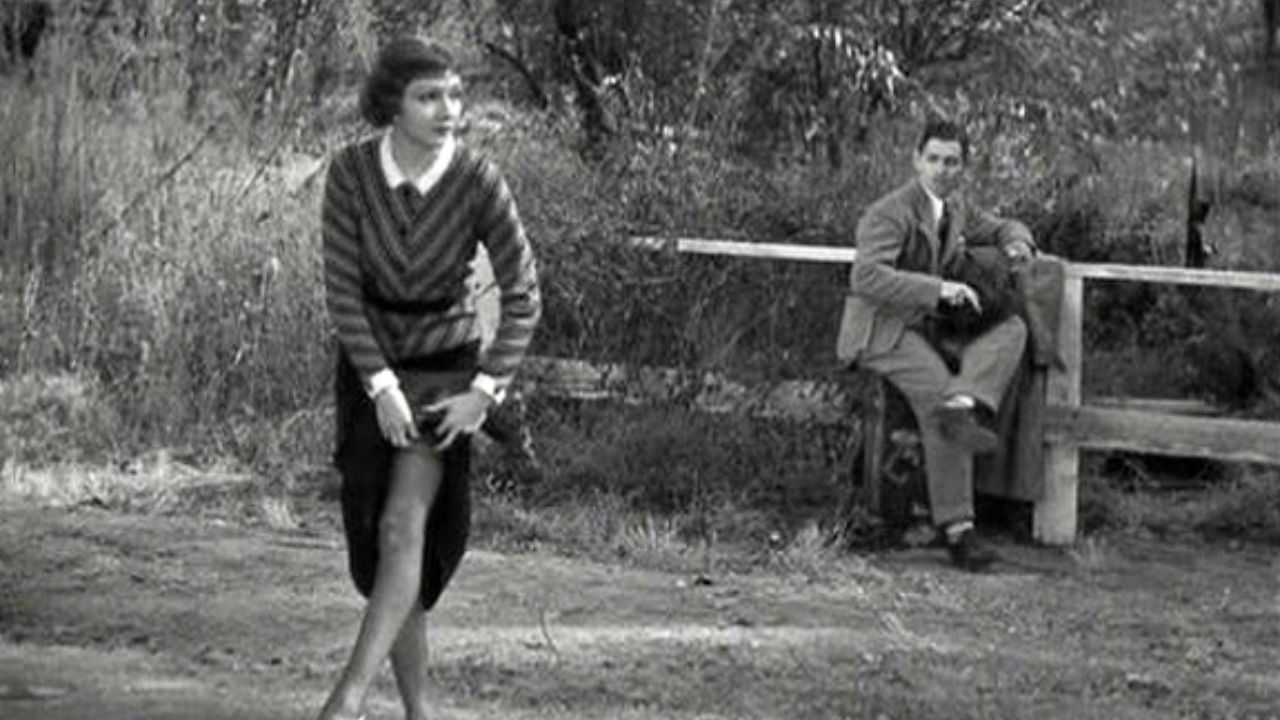
The road movie genre’s origins can be traced back to the early days of cinema, with the 1934 classic “It Happened One Night” often credited as a pioneer. However, it was in the post-World War II era that the genre truly flourished, capturing the imagination of audiences worldwide. Films like “Easy Rider” (1969) and “Bonnie and Clyde” (1967) became cultural landmarks, reflecting the countercultural movements and societal shifts of their times. These movies resonated with viewers by portraying the road as a space for rebellion and self-expression.
As the genre evolved, it continued to mirror societal values and changes. In the 1970s and 1980s, films such as “Thelma & Louise” (1991) and “Rain Man” (1988) highlighted themes of empowerment and personal transformation. These stories often centered on characters breaking free from societal constraints, using the road as a metaphor for their journeys of self-discovery. The road movie became a versatile canvas for filmmakers to explore diverse narratives, from introspective dramas to action-packed adventures, all while maintaining its core elements of freedom and exploration.
Influence on Car Culture
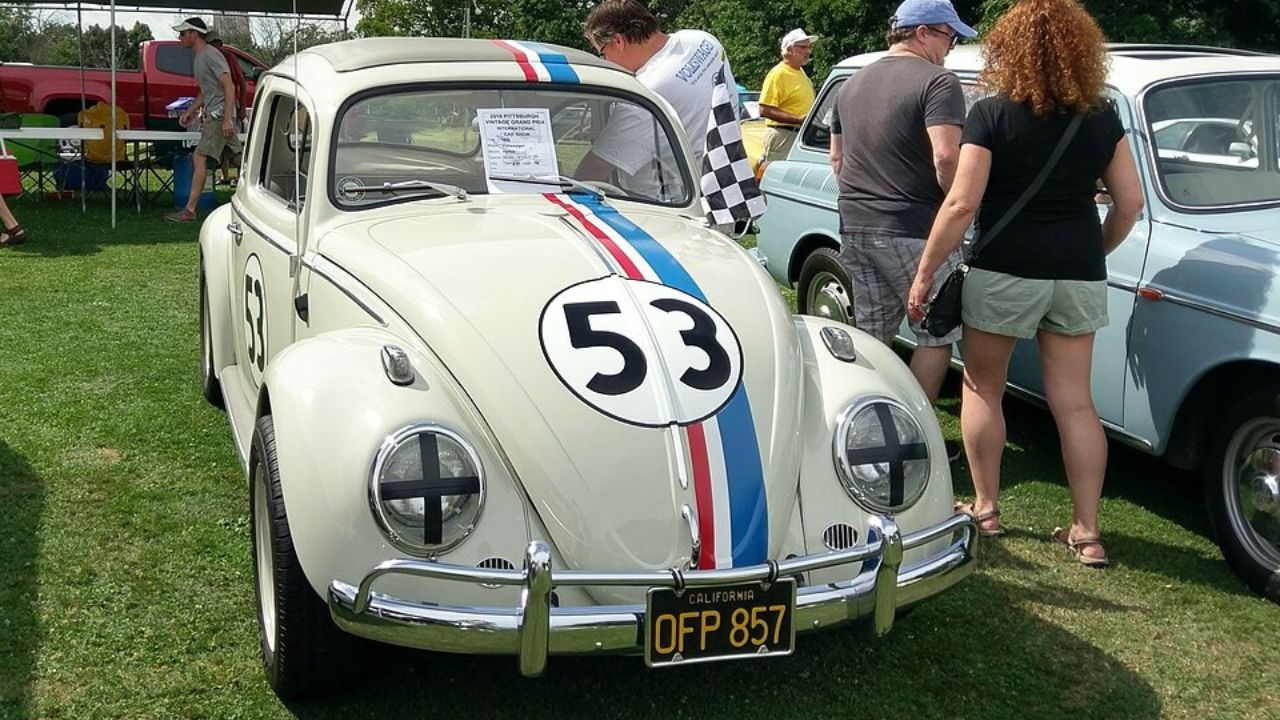
Road movies have played a significant role in popularizing iconic vehicles and influencing car culture. The 1968 film “Bullitt” is famous not only for its thrilling car chase scenes but also for making the Ford Mustang a symbol of coolness and power. Similarly, the Volkswagen Beetle gained a cult following thanks to the 1968 film “The Love Bug.” These films showcased cars as more than just modes of transportation—they became extensions of the characters’ identities and aspirations.
The relationship between road movies and cars as symbols of freedom and individuality is evident. The open road offers a sense of limitless possibilities, and the car is often portrayed as a companion on this journey. Filmmakers have capitalized on this by featuring vehicles that resonate with audiences, such as the Pontiac Trans Am in “Smokey and the Bandit” (1977) or the DeLorean in “Back to the Future” (1985). These films have also influenced automotive marketing and design trends, with car manufacturers tapping into the allure of adventure and independence that road movies evoke.
Shaping Travel Aspirations
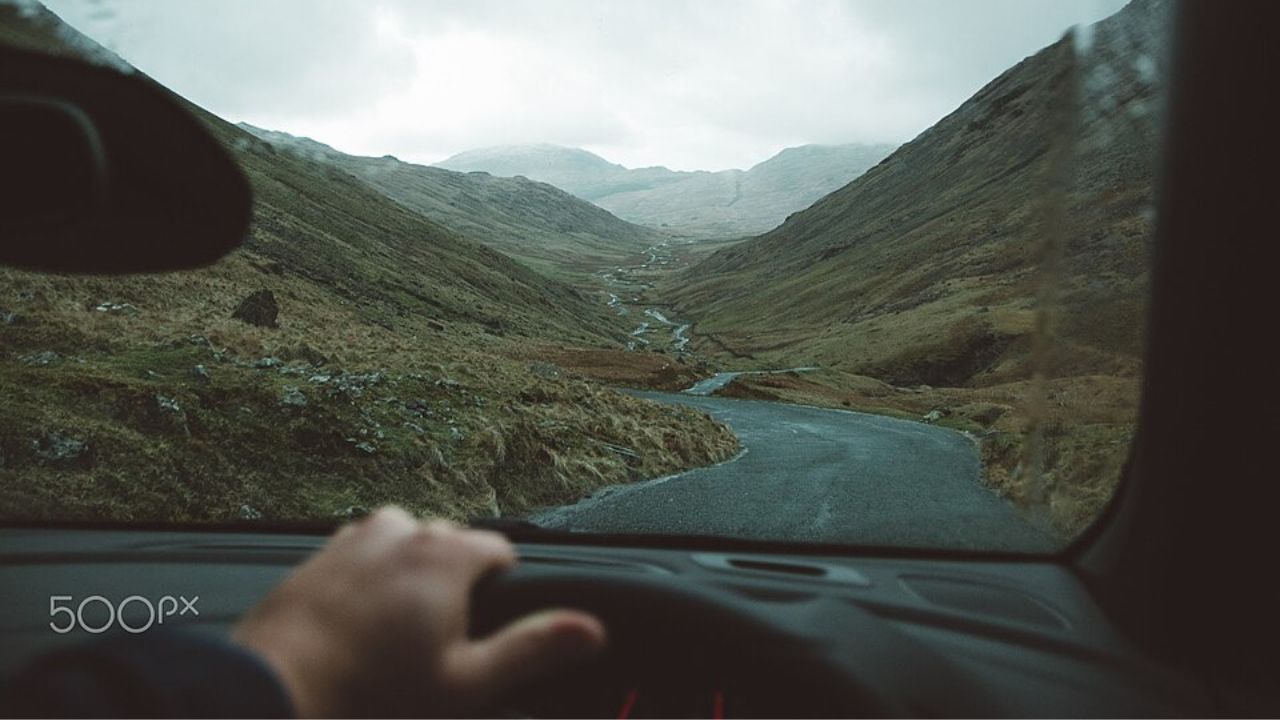
Road movies have had a profound impact on travel aspirations, often depicting breathtaking landscapes and intriguing destinations that captivate viewers. Films like “Into the Wild” (2007) and “The Motorcycle Diaries” (2004) present the road as a gateway to the world’s wonders, sparking a desire for exploration and adventure in audiences. The romanticization of the open road encourages travelers to seek out new experiences, leading to increased interest in road trips and domestic travel.
This genre’s portrayal of the open road has also influenced travel behavior by inspiring a sense of wanderlust. Characters in road movies frequently embark on journeys of self-discovery, seeking meaning and connection with the world around them. This resonates with viewers who yearn for similar experiences, prompting them to hit the road in search of adventure and personal growth. The allure of the road movie lies in its ability to evoke a sense of freedom and possibility, encouraging audiences to embrace spontaneity and explore the unknown.
Cultural Reflections and Social Commentary
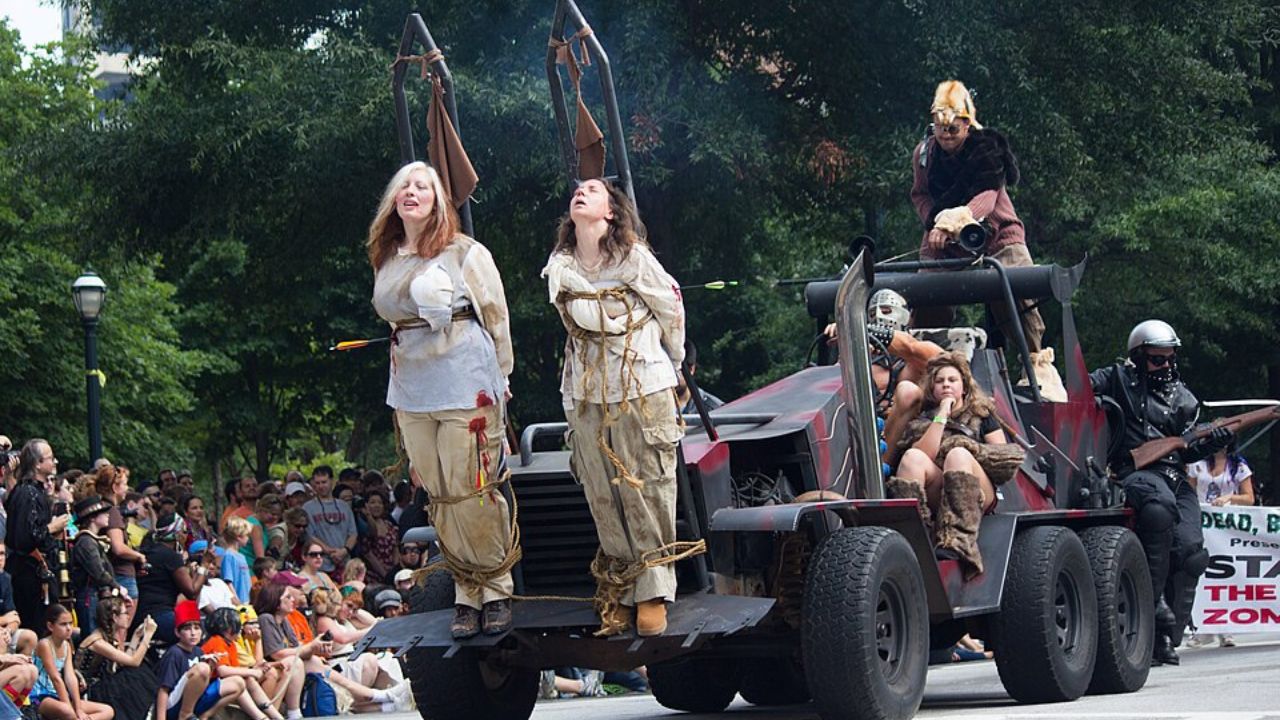
Road movies are not just about the physical journey; they also offer cultural reflections and social commentary. Many films within the genre explore themes such as identity, rebellion, and escape, often challenging societal norms and conventions. “Thelma & Louise,” for example, addresses issues of gender and empowerment, while “Mad Max: Fury Road” (2015) critiques environmental degradation and authoritarianism through its dystopian setting.
The diversity of narratives and perspectives within the road movie genre allows for a wide range of social critiques. Films like “Green Book” (2018) and “Little Miss Sunshine” (2006) tackle themes of race, family, and the American Dream, using the road as a backdrop for their exploration of complex societal issues. By presenting characters who defy expectations and challenge the status quo, road movies provide a platform for filmmakers to engage with audiences on important cultural topics.
The Legacy and Future of Road Movies
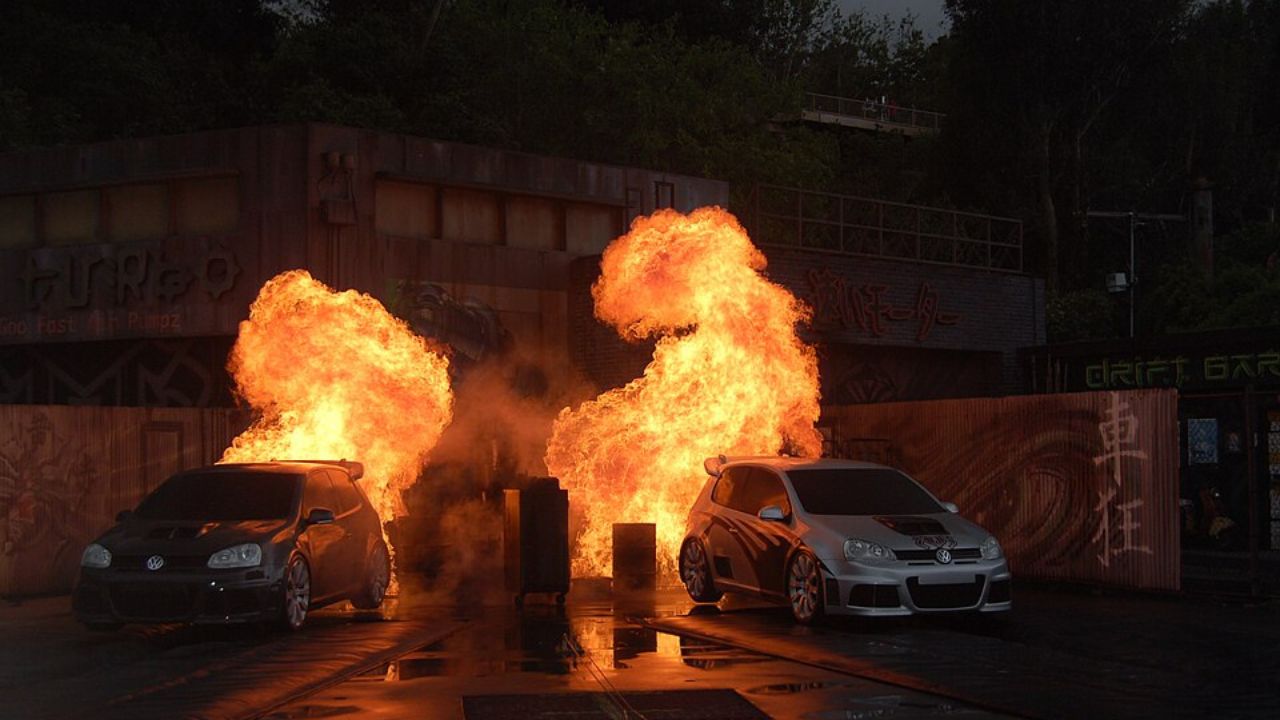
The legacy of road movies continues to influence modern cinema and storytelling, with contemporary filmmakers drawing inspiration from the genre’s rich history. Movies like “Nomadland” (2020) and “Wild” (2014) demonstrate the enduring appeal of the road movie, while also addressing contemporary themes and concerns. These films highlight the genre’s adaptability and relevance, showcasing its ability to evolve with changing cultural and societal landscapes.
In the digital age, road movies are adapting to new technologies and shifting travel habits. The rise of streaming platforms and social media has expanded the reach of road movies, making them more accessible to global audiences. Additionally, the increasing popularity of electric vehicles and sustainable travel is likely to influence the portrayal of cars and journeys in future films. As society continues to embrace new forms of mobility and exploration, the road movie genre will undoubtedly continue to shape car and travel culture, inspiring audiences to embark on their own journeys of discovery.
Like Fast Lane Only’s content? Be sure to follow us.
Here’s more from us:
*Created with AI assistance and editor review.

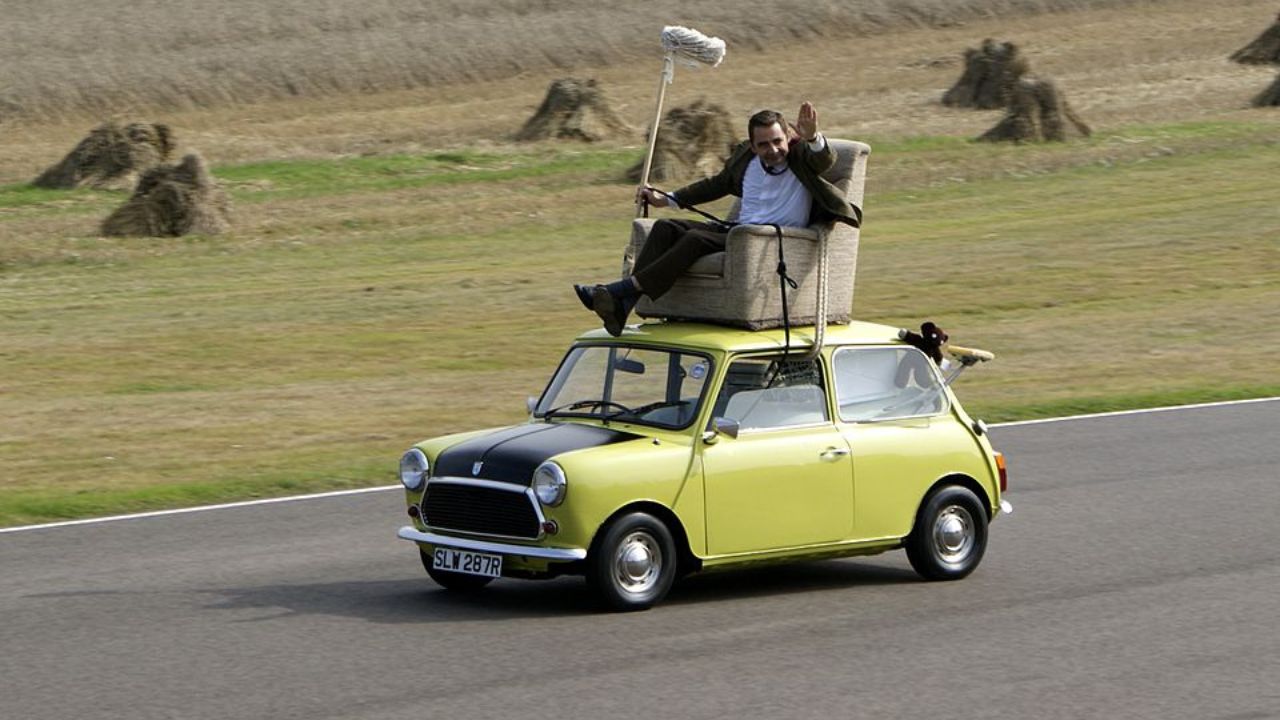
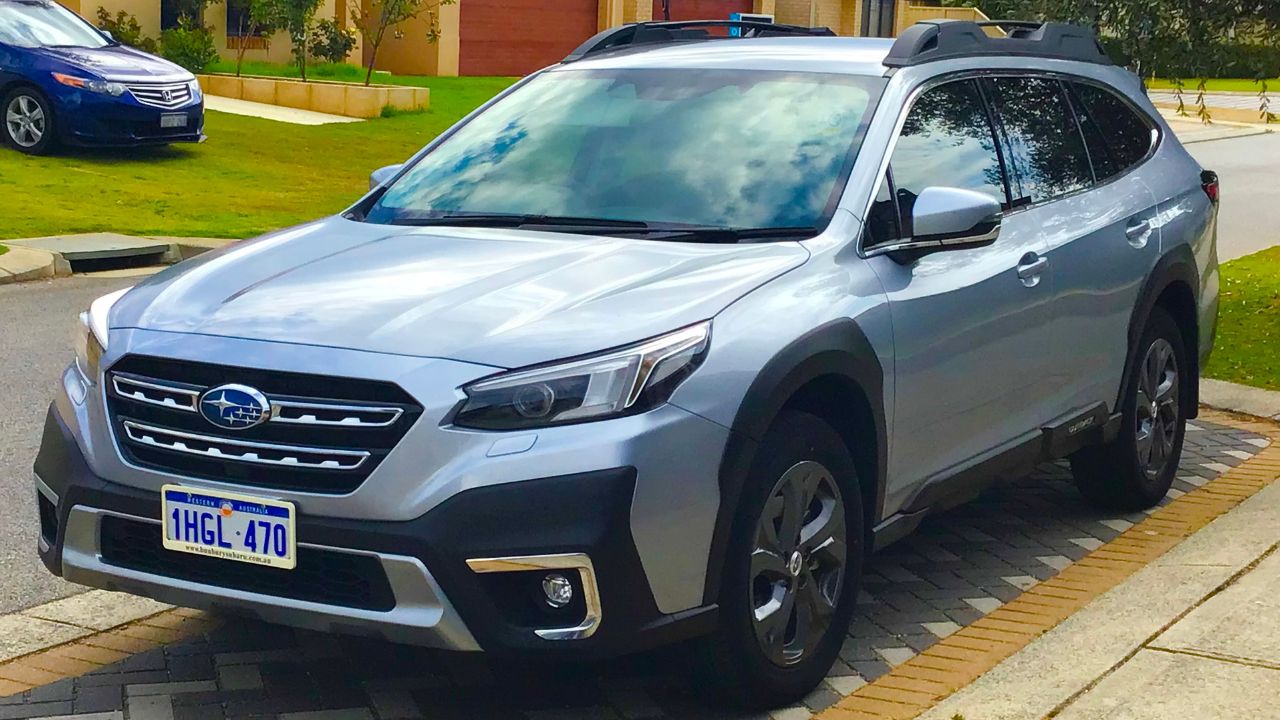

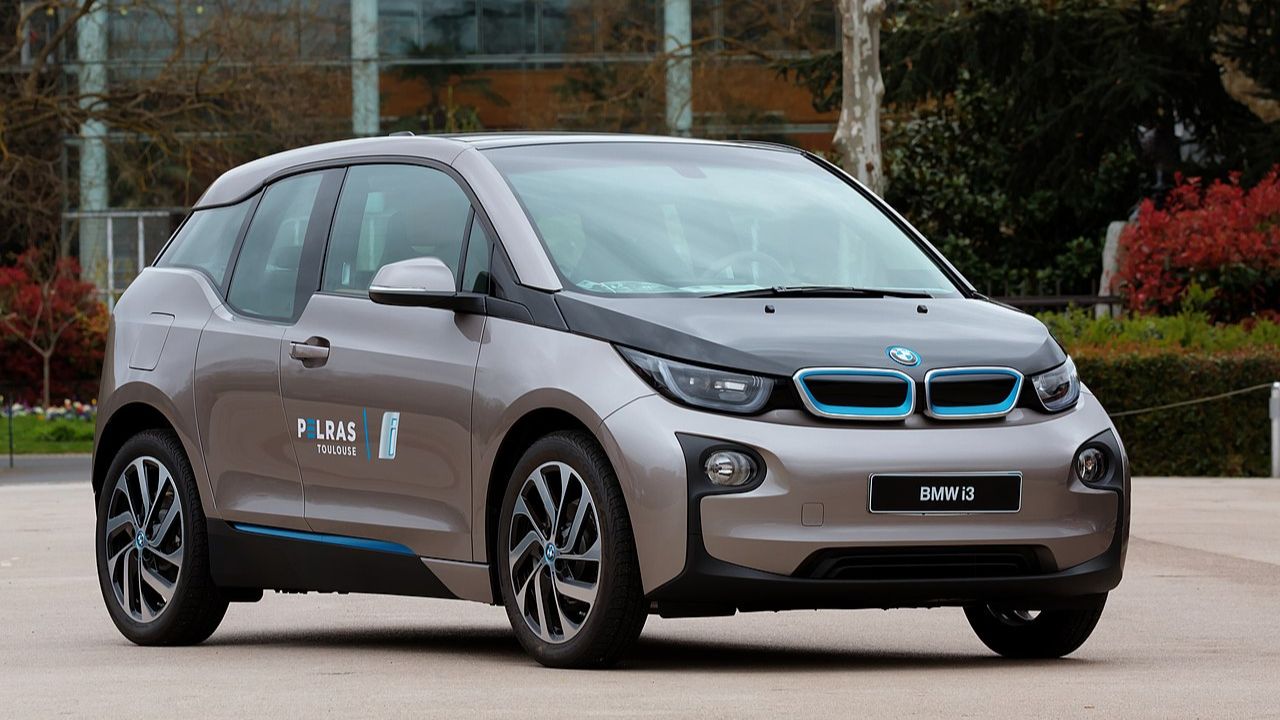
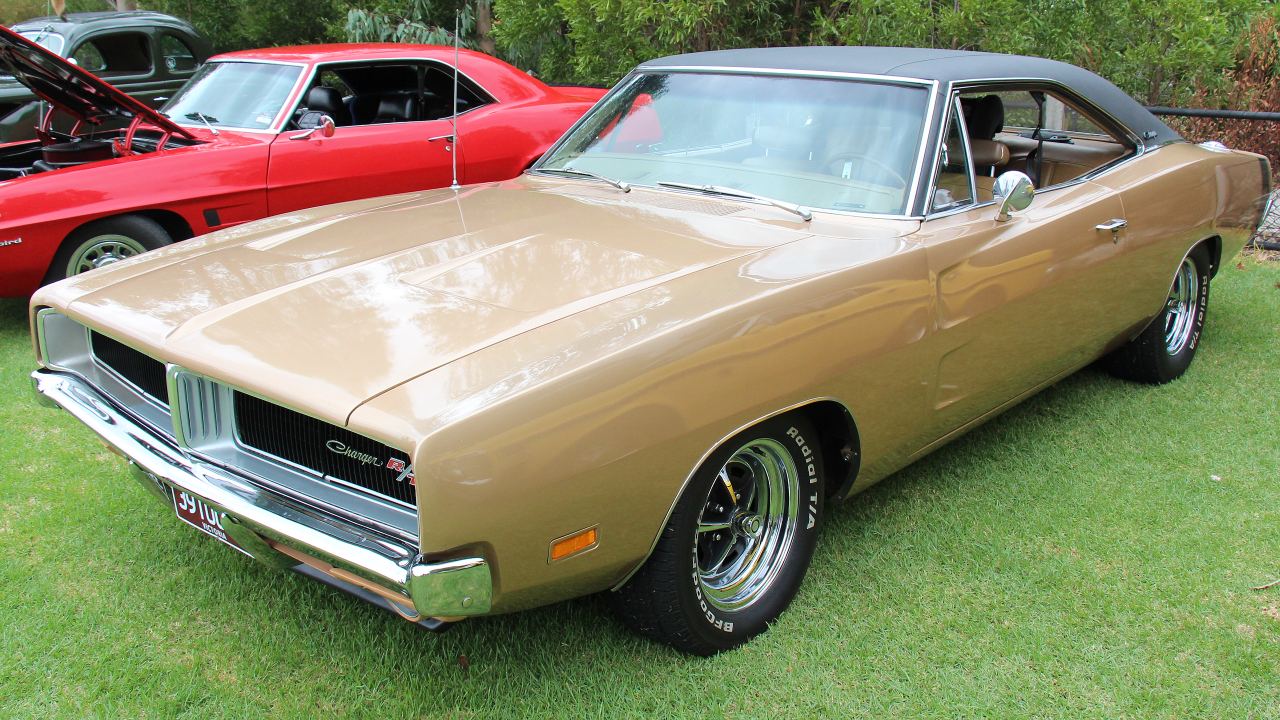
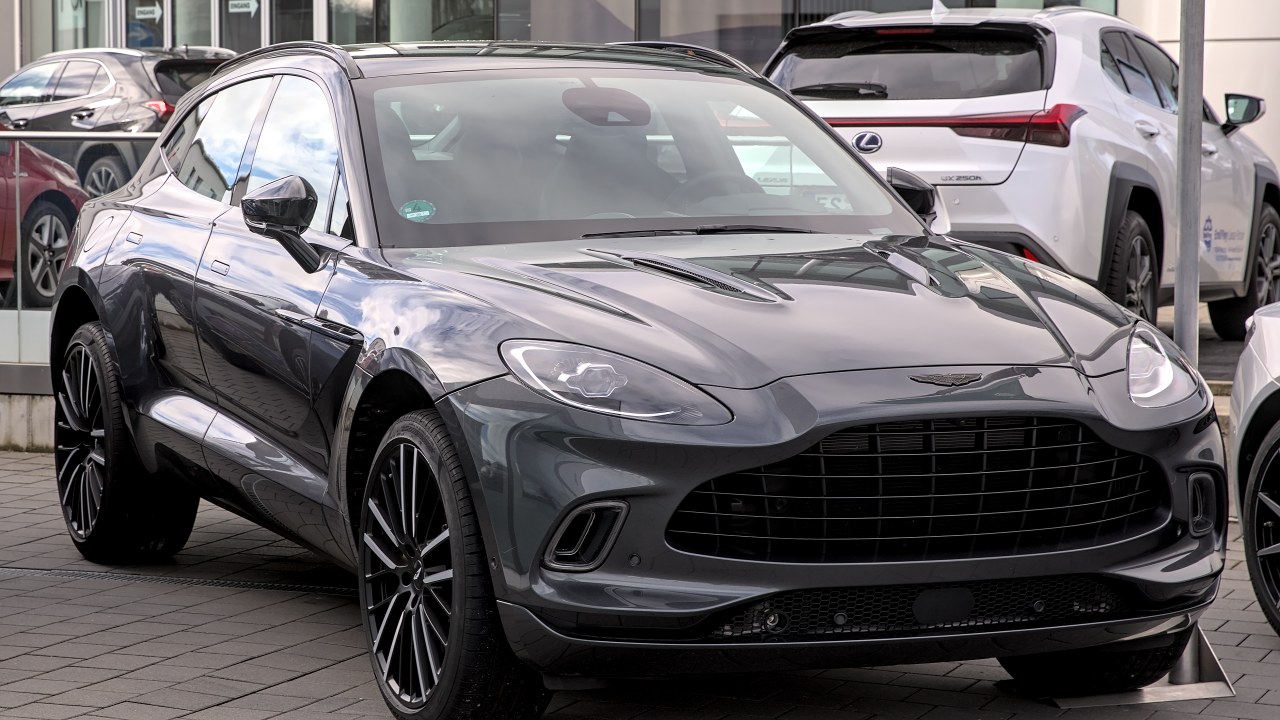
Leave a Reply